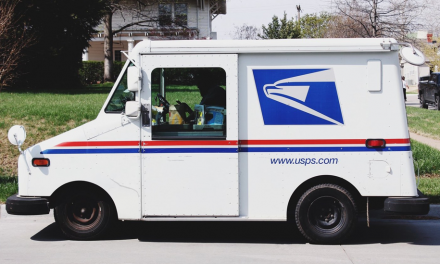
USPS: Strategies and options to facilitate progress toward financial viability
A report published by the US Government Accountability Office. The Postal Accountability and Enhancement Act of 2006 required GAO to evaluate strategies and options for reforms of the United States Postal Service (USPS).
USPS’s business model is to fulfill its mission through self-supporting, businesslike operations; however, USPS has experienced increasing difficulties. Due to volume declines, losses, a cash shortage, and rising debt, GAO added USPS’s financial condition to its high-risk list in July 2009. GAO’s objectives were to assess (1) the viability of USPS’s business model, (2) strategies and options to address challenges to its business model, and (3) actions Congress and USPS need to take to facilitate progress toward financial viability.
GAO primarily drew on its past work; other studies; USPS data; interviews with USPS, unions, management associations, Postal Regulatory Commission, and mailing industry officials; and stakeholder input.
USPS’s business model is not viable due to USPS’s inability to reduce costs sufficiently in response to continuing mail volume and revenue declines. Mail volume declined 36bn pieces (17%) over the last 3 fiscal years (2007 through 2009) with the recession accelerating shifts to electronic communications and payments. USPS lost nearly $12bn over this period, despite achieving billions in cost savings by reducing its career workforce by over 84,000 employees, reducing capital investments, and raising rates.
However, USPS had difficulty in eliminating costly excess capacity, and its revenue initiatives have had limited results. USPS also is nearing its $15bn borrowing limit with the U.S. Treasury and has unfunded pension and retiree health obligations and other liabilities of about $90bn. In 2009, Congress reduced USPS’s retiree health benefit payment by $4bn to address a looming cash shortfall, but USPS still recorded a loss of $3.8bn.
Given its financial problems and outlook, USPS cannot support its current level of service and operations. USPS projects that volume will decline by about 27bn pieces over the next decade, while revenues will stagnate; costs will rise; and, without major changes, cumulative losses could exceed $238bn.
This report groups strategies and options that can be taken to address challenges in USPS’s business model by better aligning costs with revenues. USPS may be able to improve its financial viability if it takes more aggressive action to reduce costs, particularly compensation and benefit costs that comprise 80% of its total costs, as well as increasing revenues within its current authority. However, it is unlikely that such changes would fully resolve USPS’s financial problems, unless Congress also takes actions to address constraints and legal restrictions.
Action by Congress and USPS is urgently needed to (1) reach agreement on actions to achieve USPS’s financial viability, (2) provide financial relief through deferral of costs by revising USPS retiree health benefit funding while continuing to fund these benefits over time to the extent that USPS’s finances permit, and (3) require that any binding arbitration resulting from collective bargaining would take USPS’s financial condition into account.
Congress may also want assurance that any financial relief it provides is met with aggressive actions by USPS to reduce its costs and increase revenues, and that USPS is making progress toward addressing its financial problems. USPS’s new business plan recognises immediate actions are needed, but USPS has made limited progress on some options, such as closing facilities. If no action is taken, risks of larger USPS losses, rate increases, and taxpayer subsidies will increase. To facilitate progress in these difficult areas, Congress could set up a mechanism, such as one similar to the military Base Realignment and Closure Commission, where independent experts could recommend a package of actions with time frames. Key issues also need to be addressed related to what changes, if any, should be made to delivery or retail services; to allow USPS to provide new products or services in non-postal areas; and to realign USPS operations, networks, and workforce.
To read the report in full, click here.












